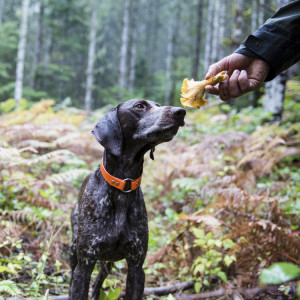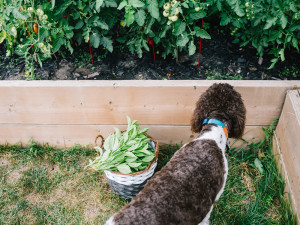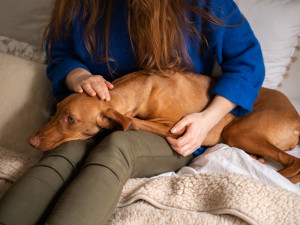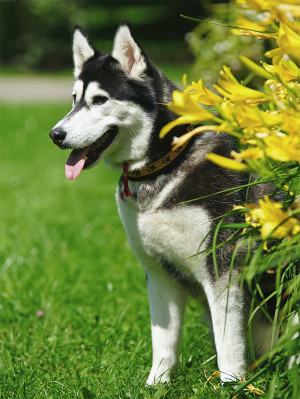Dogs and Wild Mushrooms Don’t Mix
Poisonous species are more common than you might think.
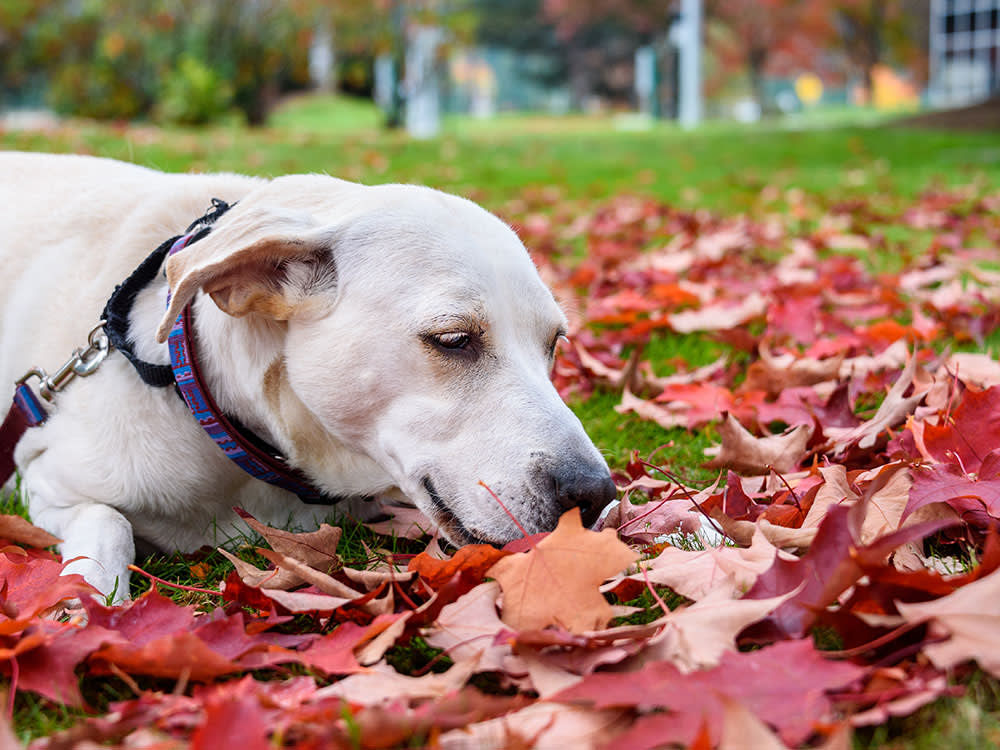
Share Article
Mushrooms are a nutritious and low-calorie food that contains many vitamins, minerals, and antioxidants. But don’t assume all wild fungi are harmless additions to your pup’s diet, the stark reality is that wild mushrooms can pose a serious threat to your dog. Every year at my busy hospital, we see at least a handful of dogs with liver failure clearly caused by mushroom ingestion. Read on to learn about the dangers of toxic wild mushrooms and how to protect your dog from these potential calamities.
Are all wild mushrooms bad for dogs?
Every region of the country is different in terms of mushroom flora. In northern California, Amanita phalloides (aka Death Cap) is the most common poisonous species and grows year-round, particularly in the soil surrounding oak trees. Ingestion of a Death Cap mushroom causes liver failure (in people and dogs) — makes sense, given the liver’s function as the “garbage disposal” of the body. Other common deadly mushrooms include:
Amanita phalloides (the Death Cap)
Amanita ocreata (the Destroying Angel)
Amanita muscaria (the Fly Agaric)
Amanita pantherinoides (the Western panther amanita)
Amanita verna (the Fool’s Mushroom)
Amanita bisporigera (the Death Angel)
Clitocybe rivulosa (the Fool’s funnel)
Galerina marginata (the Deadly Skullcap)
Gyromitra esculenta (False Morels)
The North American Mycological Associationopens in new tab and Bay Area Mycological Societyopens in new tab websites are great resources to learn about wild mushrooms in your area.
Symptoms of mushroom toxicity in dogs
Some wild mushrooms are extremely toxic and can be fatal. Survivors of mushroom poisoning are few and far between. Symptoms after consuming toxic mushrooms typically include:

Vomiting
Diarrhea
Lethargy
Loss of appetite
Trouble breathing
Loss of coordination
Delayed blood clotting
Seizures
Loss of consciousness
Neurological abnormalities
If you suspect your dog has ingested a mushroom, call your vet immediately or the ASPCA Poison Control Hotline (888) 426-4435, or National Pet Poison Helpline (800) 213-6680 and get to your veterinary clinic or the closest emergency care facility immediately (choose whichever is most quickly accessible). If possible, take along a sample of the mushroom so it can be professionally identified if need be.
Preventing wild mushroom ingestion
So, what can you do to prevent your dog from ingesting a poisonous mushroom? Clear any mushrooms from any yard your dog has access to and their immediate surroundings. Be super vigilant on your walks, particularly if you have a pup (youngsters love to put anything and everything in their mouths) or an adult dog who is a known indiscriminate eater. Learn more about which poisonous mushrooms grow in your area and what they look like.
And, please remember, if you see your dog ingest a mushroom — get yourselves to a veterinary hospital as quickly as possible (even if it is after hours). Ingestion of even a nibble of a toxic mushroom is life-threatening, and the sooner treatment is started, the greater the likelihood of saving your best buddy.

Nancy Kay, DVM
Nancy Kay, DVM is a board-certified specialist in the American College of Veterinary Internal Medicine. She was a recipient of AAHA’s Animal Welfare and Humane Ethics Award and is the author of Speaking for Spot.
Related articles
![Dog sitting on a couch in a living room with plants]()
5 Plants That Are Toxic to Your Dog
Thriving plants are spring’s whole thing—but these offenders can be perilous to pets.
![Dog near a vegetable garden next to a basket full of a harvest]()
Tips on Dog-Safe Gardening
Garden organically, for the sake of both the planet and your dogs.
![A dog sitting comfortably on a women's lap.]()
1 in 10 Dogs Will Get Kidney Disease. Here’s What to Do
It can’t be cured, but it can be managed. Partnering with your vet will be the key.
Are Lilies Toxic to My Dog?
This is one of those “no, but also yes” answers. Read on.
